From Wikipedia -> Decibel
dB is a relative unit of measurement [...] It expresses the ratio of two values
This is very common for Audio Mixers and Amps that 0 means 100% of the configured Pre-Gain (-> in this case the input volume of your individual AudioSources).
Why? -> The given dB are just the additional "multiplicator" (as said it is a logarithmic ratio between two values).
Usually as an Audio manager you first configure all Pre-Gains in a way that basically everything has more or less the same absolute volume if all mixer sliders are at 0.
Then you start to actually mix them according to your needs and only move certain volumes up or down to increase or decrease the volume by a certain factor. (Except for fading it is usually pretty uncommon to actually pull a slider down to the minimum - usually you rather Mute the channel)
0dB just means 1:1 => Don't change.- e.g.
6dB means about 2:1 => twice as loud as the input volume
- e.g.
-6dB means about 1:2 => half as loud as the input volume
- e.g.
20dB means about 10:1 => Ten times as loud as the input volume
- e.g.
-80dB means 1:10000 => So 0.0001 of the input volume
So the -80 is chosen a little bit arbitrary .. it could as well be -60 (=>factor of 0.001) or -100 (=> factor of 0.00001). "It doesn't really matter!". At a certain point the volume is simply so low that you won't hear it anymore depending on what the default maximum output of your Amp is and how precise you need the output to be.
You can e.g. use this dB calculator to check what dB value results in what actual factor.
For a better explanation of the dB measure itself see also e.g. these posts and What's the minimum decibel value?

